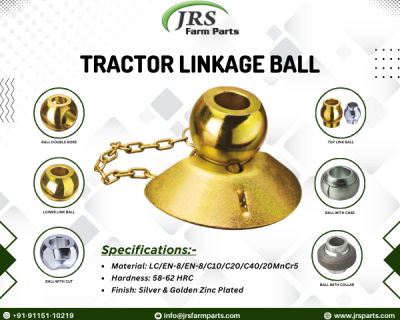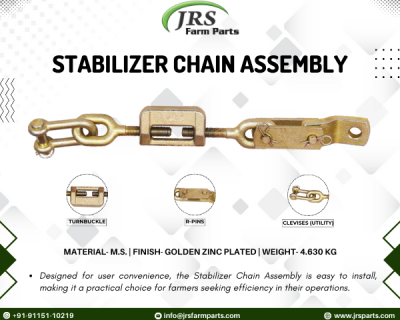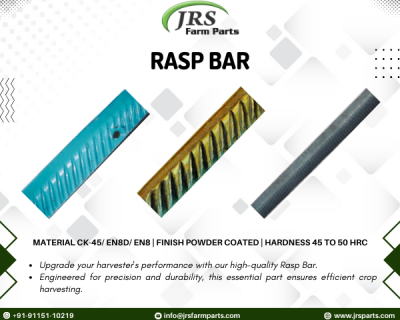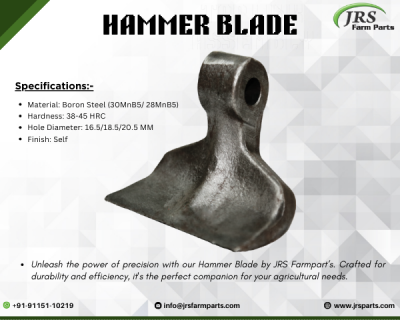Blog
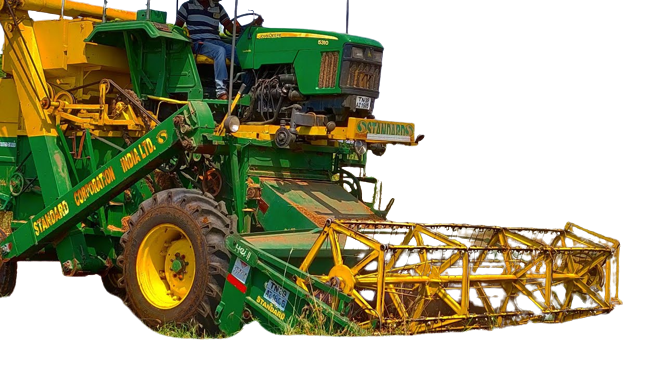
What are the uses of harvesting tractor?
A harvester tractor, also known as a combine harvester or simply a combine, is a versatile agricultural machine used for harvesting various types of crops. Its primary purpose is to efficiently and effectively harvest crops, particularly grains such as wheat, corn, barley, and soybeans. Here are some key uses and functions of a harvester tractor:
Harvesting: The primary function of a harvester tractor is to harvest crops. It combines several harvesting operations into a single machine, including cutting the crop, threshing (separating the grains from the plant), cleaning the grain, and collecting it in a grain tank. The machine’s cutting header moves through the field, cutting the crops at the desired height and feeding them into the threshing mechanism.
1. Threshing: Once the crops are cut, the harvester tractor uses its threshing mechanism, which typically consists of rotating cylinders or rotors with threshing bars, to separate the grains from the rest of the plant material (straw or stalks). Threshing removes the grain from the plant, which is then collected for further processing.
2. Cleaning: After threshing, the harvested crop contains a mixture of grain, chaff, straw, and other debris. The harvester tractor incorporates cleaning systems such as sieves and fans to separate the grain from the chaff and straw. This helps ensure that only clean grain is stored in the grain tank for later transportation and processing.
3. Grain collection: The harvester tractor is equipped with a grain tank where the cleaned grain is collected. The grain tank has a large capacity, allowing for continuous harvesting without frequent unloading. Once the tank is full, the harvested grain is either transferred to a grain cart or directly into a truck for transportation to storage facilities or processing plants.
4. Crop residue management: After the grain is harvested, the remaining crop residue (straw or stalks) is spread back onto the field by the harvester tractor. This helps enrich the soil, improve moisture retention, and reduce soil erosion. Some modern harvesters also have the capability to bale the crop residue for alternative uses such as animal bedding or biofuel production.
5. Versatility: Harvester tractors are designed to be versatile machines that can handle different types of crops. They can be equipped with different cutting headers, threshing mechanisms, and cleaning systems to adapt to various crop conditions and harvesting requirements.
Overall, the use of a harvester tractor significantly increases the efficiency and productivity of crop harvesting operations by combining multiple tasks into a single machine. It saves time, reduces labor requirements, and ensures that the harvested crops are efficiently processed and stored.


